
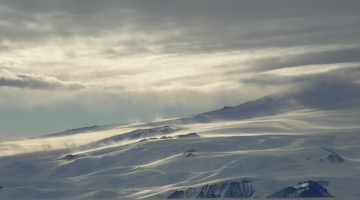
Antarctica is the coldest, driest, windiest and highest continent on Earth. What makes the frozen continent so valuable to scientists and vulnerable to human contact? Every year, scientists and ...
READ MORE
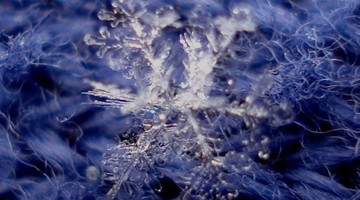
A glacier is a large quantity of ice formed from snow that has accumulated and been compacted over a long period of time. About 70% of the Earth’s freshwater resource is stored in glacial ice ...
READ MORE

NIWA’s research vessel the Tangaroa went on an 8-week voyage to the Ross Sea to survey the marine environment and explore biodiversity in the region. The journey from February until mid-March ...
READ MORE

In this activity, students read online articles related to fire in Antarctica and discuss why fire is a big hazard there. Rights: The University of Waikato Te Whare Wānanga o Waikato Scientist in ...
READ MORE
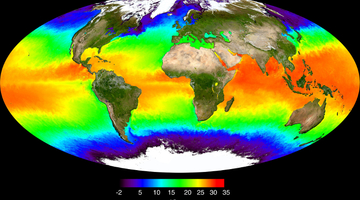
In this activity, students look at what happens when hot and cold water meet. By the end of this activity, students should be able to: discuss how temperature affects the density of water discuss ...
READ MORE

In this activity, students build simple models to demonstrate the differing impacts of melting land ice and sea ice on sea level rise. Rights: The University of Waikato Te Whare Wānanga o Waikato ...
READ MORE
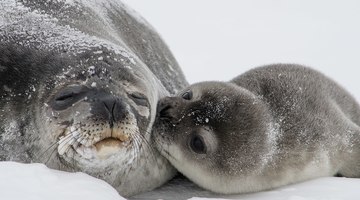
Weddell seals and orca are among the top predators in the Ross Sea region of Antarctica, and more than half of the Weddell seal population can be found in the Ross Sea. Information about changes ...
READ MORE

Help scientists establish valuable baseline data about the numbers, locations, habits and health of penguins in a range of Southern Ocean sites. This information will enable better understanding ...
READ MORE
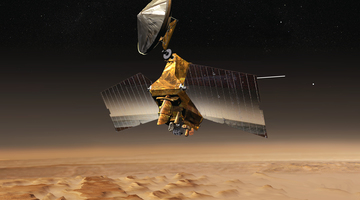
The Planet Four online citizen science project is designed to assist planetary scientists to identify and measure features on the surface of Mars that don’t exist on Earth. Help is needed to ...
READ MORE
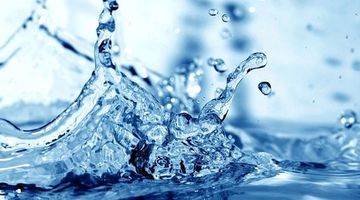
About 70% of Earth’s surface is covered by water. It is found just about everywhere and is the only naturally occurring substance on Earth existing in solid, liquid and gas states. Water is ...
READ MORE

Seaweek is New Zealand’s annual national week about the sea. It is coordinated by the Sir Peter Blake Marine Education and Recreation Centre (MERC) and includes a wide range of events ...
READ MORE

Artefacts as physical resources can provide both scenarios and resources for interaction (Roth, 2005), although their value is not a given. This depends on how a teacher introduces the artefact ...
READ MORE
To keep Antarctica as pristine as possible all impacts from human presence have to be kept to an absolute minimum, this includes human wastes. The field camp has an out-doors toilet that consists ...
READ MORE
This animation shows how snow on the ground is rounded and compacted, sealing off pores between the grains, trapping atmospheric gases. Snow that survives one melting season is called firn ...
READ MORE
Dr Katja Riedel of NIWA explains how ice cores are dated. The researchers often rely on events like volcanic eruptions to determine how old the ice is.
READ MORE
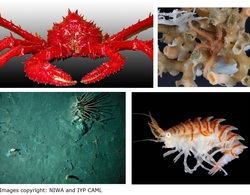
This short slideshow shows some of the animals found in the Antarctic benthic zone. Use the Slideshow menu for further options, including view full screen, and go here for the download option.
READ MORE
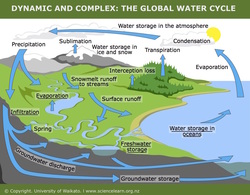
Water in the Earth system is influencing all aspects of life on Earth. Pathways, storage, transfers and transformations have an effect on the global climate and human welfare. Within this ...
READ MORE
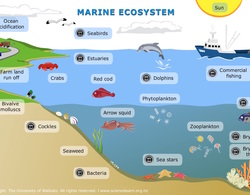
Explore this interactive diagram to learn more about life in the sea. Click on the different labels to view short video clips or images about different parts of the marine ecosystem. Select here ...
READ MORE